On the wind-swept high plains prairie outback of North Dakota, underneath a rusting vertical heap of green John Deere wheat combines, I discovered a Volkswagen beetle. It looked like a late 60s model in robin-egg blue and was partly crushed by the tons of rotting steel on top of it. I stopped, struck by the oddity of finding a bug here, in the middle of waving short-grass prairie. Just 150 years ago, there was nothing in that endless roll of green and yucca except an occasional herd of buffalo and likely the Lakota horsemen that hunted them.
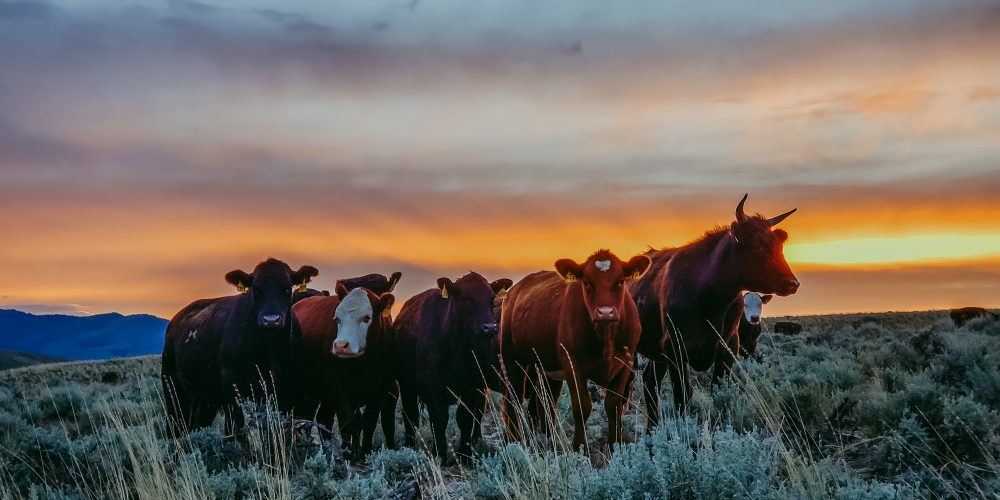
The cows I was herding stopped when I halted in VW reverie. They started looking around for a way out of the twisted network of cars and combines.
Nearly all the other decrepit iron in the maze of stacked sod-busting history was rusted green John Deere steel. Except of course, the wide and long gas guzzling cars beneath the John Deeres. These cars had emerged from the golden age of the distant rust belt. Most of them were big block 1960s and 70s American automobiles. There were also 50s Buicks and Chevys with Art Deco fins and cracked but still obviously pointy taillights, as well as 1970s Ford Country Squire station wagons with fake wood was rusting through.
“Dad!” Twelve-year old Melanie yelled. “She’s gonna jump the cars!”
I regrouped from my reflections of the 60s and looked toward my daughter. She was on top of the roof of an old Plymouth sedan that stood as part of an interior boundary. A wild prairie black Angus cow stood squarely on the heavy metal hood of a ’50s era Chevrolet Bel-Air five cars down the line from Melanie’s. The cow was trying to climb up the steep and still remarkably unbroken windshield to beat my daughter over the barrier and reach freedom.
Her big front hooves flailed wildly at the windshield as Melanie ran, sailing from one car roof to the next in a race for the Bel-Air. Cow’s front feet gained the friction of partly rusted roof and it was all she needed; in another rear legged push, all four hooves were on top of the car.
Melanie had a fiberglass stick too. She gave a yell at the recalcitrant long-legged bovine and waved her white sorting stick toward cow as she ran for the now snorting, snot-blowing and head-shaking cow (complete with the angry eyes of a wild range animal). Just as Melanie approached, cow cut first and jumped down onto the next car.
The cow was clearly experienced in car jumping. She had been here before.
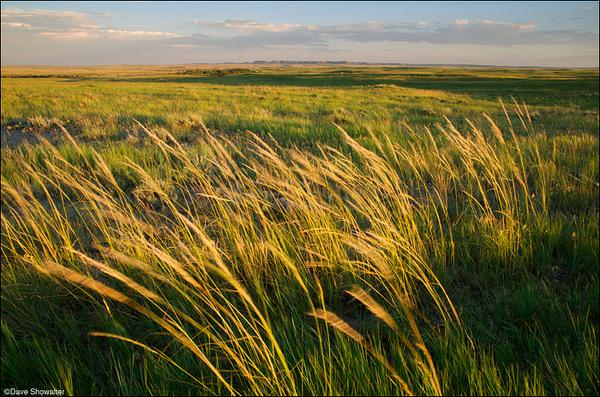
In another jump, she was free. With tail waving wildly in the air as if to say, “See you later, losers!” she was gone, galloping happily back to the outback she’d come from.
The other cows were not as wild. We were able to calm the would-be stampede by quietly moving them through the maze of cars. It was a lesson in cow whispering, to be sure.
You see, dear reader, the cars, the combines, and the Beetle were corrals. We had been sorting cattle in them for much of the day. The hedges of steel were the life work and the collection of one Jack Nevill, whose grandfather homesteaded this hardscrabble place in Western North Dakota.
Jack had a penchant (obsession, perhaps?) for old iron, and up until recently, had made his way with truck and trailer to any farm or ranch sale on the high northern plains. He rarely returned to the ranch empty handed, and immediately placed his metal finds strategically into rows and alleys, repurposing them as fence in his extensive corral system.
Unfortunately for the farmers and ranchers in the area, (but not for Jack) there had been many estate sales since he started collecting metal in the 1980s. The “energy crisis” and then the interest rate crisis of that era sent many landowners throughout the heartland into immediate foreclosure. Their marginal income operations could no longer cover the high fuel costs or even the interest on their loans, and they folded. Since then, consolidation has been the rule; small family operations were swallowed up as the survivors were forced to adopt the principle of economy of scale. For some it was futile; for others, it was a solution, albeit one of tiny margins.
Go big or go home, their creditors said.
Wherever that was.
But Jack knew where his home was. He was rooted there, deeply and inextricably intertwined with sandstone, soil and the muddy river water. He and his home stood firmly for 3 generations on the banks of the wide Missouri River amid a few cottonwood trees that probably stood when the Lakota horse culture rode and made camps in their shade.
And his makeshift corral fences were the stuff of reason: they were dual purpose, Jack would say. There wasn’t timber for hundreds of miles to make pole fences from, after all. And, he would always have a large storehouse of parts for his own aging equipment collection that he attempted to dryland farm his 4000 acres of organic grain with.
Combined with his innate resourcefulness and his ability with aging machinery, diversified agriculture was how Jack pulled it all off. He had about 200 black Angus cows that he ran on wild prairie grasses on untilled and non-arable lands along the rugged sandstone bluffs of the Missouri River breaks. He owned property on both sides of the river, but it was a remote place with no bridges on the deep and wide brown silt ribbon of water.
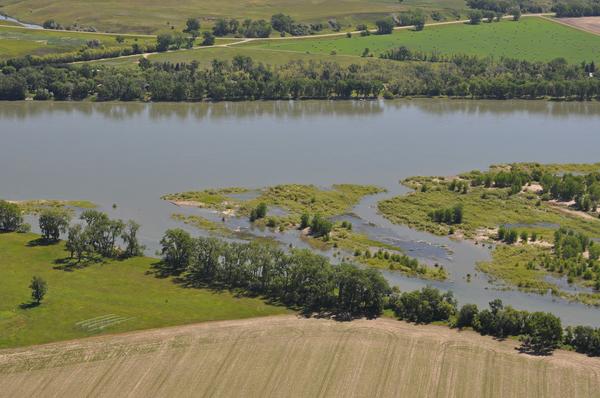
“How do you get these cattle to the other side of the creek, Jack?” I called the muddy river a creek; it was what many older western people called any flowing conveyance of water, more accurately pronounced “crick.” The river was wide here, however; over 200 yards so, and deep in places. You could tell that there were murky depths by the way the oily smooth surface upwelled in its swift passage toward the Gulf of Mexico. It was already a big river here in Dakota, and it flowed proudly in its position as the 4th longest river in the world.
Jack pointed to his stock truck, a weathered 1960s era 3 ton single axle flatbed truck with wobbly wooden racks built on the sides. “I can fit 10 cows in there,” he replied proudly from under his worn ball cap. You couldn’t read what the hat’s torn and soiled frontspiece advertised anymore, and his Carhartt coveralls were grease spattered patch jobs. “We just load the critters up and drive down river to the ferry, and get them across that way,” he said, grinning in the partial shade of his cap.
Ferries across the river in these parts of the West were simple affairs; they were basically a piece of floating roadway that was pulled to the other side by a small engine and pulley contraption that was affixed to a cable anchored to both banks.
“I had another one,” he continued. “Yep. It was a good truck.”
“What happened?”
“Had it loaded with cows.” He looked toward and pointed down the Big Muddy. “Drove it down to the McWilliams Ferry, about 4 miles downriver.”
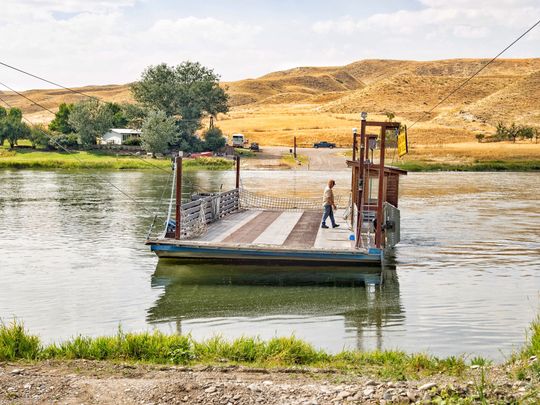
His eyes looked off in the distance, not looking at anything for a moment. Remembering.
“Them cows didn’t seem to like the ferry, once we headed off the bank. Didn’t like the moving and the rocking.” He looked at Melanie and I, his unshaven and roughly bearded mug serious. “And they started milling around in the truck; there was too much room. They all piled up on one side. And then it all started to unravel.”
“What happened?”
“Well, the ferry started listing off to that side the cows were on, see?” He made a motion with his hands, indicating a tilt. “And then, the cows that were on the high side slid down to the low side of the truck bed, see?” One hand met the other in the air.
“And that made things worse. The whole deck of the ferry started leaning hard into the water on that side and went underwater.”
“Where the heck were you, Jack?”
“I was standing next to the truck on the ferry deck. And I had to get out of the way in a hurry. ‘Cause pretty soon, those cows started piling up, and the truck started tipping. Then the whole truck tipped over on its side, and slid off the deck into the river, cows and all. And that was that. Lost the truck to the bottom of the Missouri.”
“And the cows?”
“Oh, they were all good. They swam for it. It took a few days to find them, but we got all of ’em.” Jack grinned.
Daylight was about half burned up, and I needed to get headed back to our ranch in Idaho. Jack had certified organic black Angus heifers, and these fit the bill. We just needed to sort the ones we wanted off, so we could load them on our trailer to head for home. These would blend nicely with the others in our herd, and at that time we were trying to increase our numbers.
And the price was right.
After the sort, we loaded the calves in my gooseneck via a chute fenced by another Chevy car and green combine. We clasped the latch shut on my trailer gate after they made their way in. There would be no ferries on this trip, I thought thankfully. It was OK that there was a little moving around room.
I turned toward Jack to say goodbye, and he looked sadly toward us. This was our second trip to Jack’s over the past several weeks. We had shared meals, swapped stories and had become friends. He was one of a kind, cut from a cloth whose aging cotton canvas had been replaced by the slick industrial agriculture counterfeits of polyester and plastic.
His kind of inventive resourcefulness was slowly disappearing. Because of it, he persisted through the likes of depressions and recessions. I would never do what he did with the old iron he surrounded himself with, but he found comfort and consolation in it. And I respected his quirky sense of self-reliant security.
Jack took my hand in his weathered, well-calloused one and shook it firmly. And he hugged Melanie.
Melanie’s 24 years old now. It’s been a dozen years since we last drove up the steep switchbacks out of Jack’s bottomland place along the big river, but we’ll always remember him with that twinkle in his eye. Even as I write this, we smile at the thought of those days along the wide Missouri. Jack and I have lost touch over the years; I like to think of him still making hardscrabble home in his trademark way.
And that is the fabric that underlies so much of our rural landscape. Unfortunately, it is slowly unraveling. There’s a diverse quality to those old threads, and despite modern machine agriculture’s unstoppable rush to lose touch with the land and make agriculture an assembly line, I think that there are those that will always connect with the animals, plants and soil at a deeply personal level. They may be less in numbers, but they are there, quietly carrying on.
And we will always be one of those. We really have no other choice.
Happy Trails.
Glenn, Caryl, Girls and Cowhands at Alderspring.


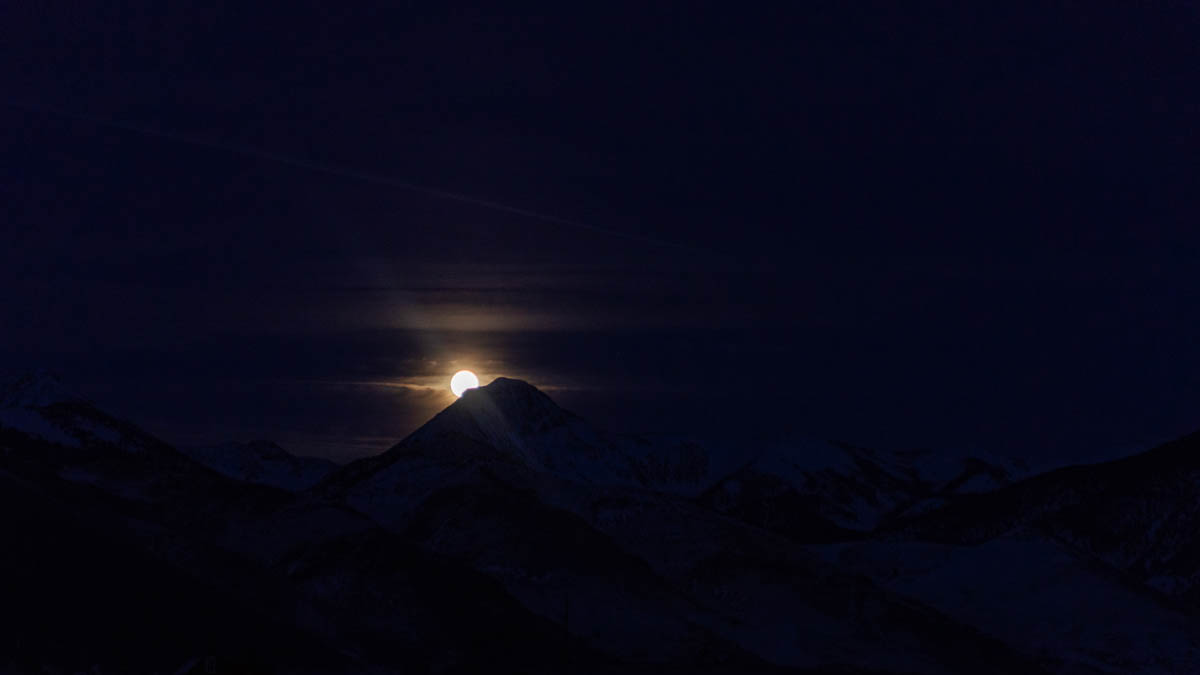


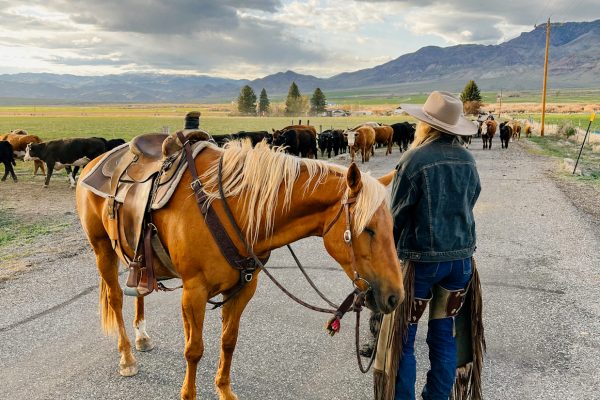
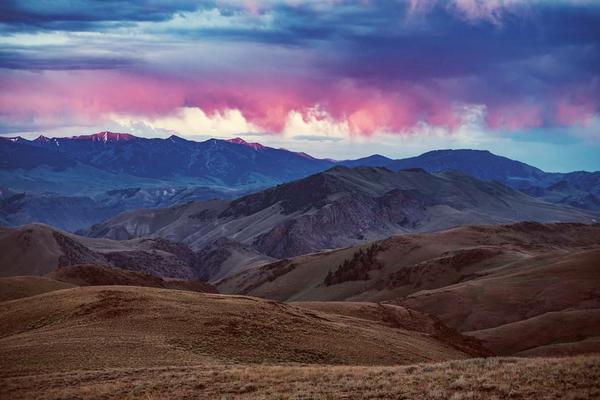
Jeff Z
It looks like with this purposeful rise in gas prices & gov. created inflation they are trying to run more small businesses under.
95 food plants have mysteriously been damaged (or destroyed) in just the last year.
https://www.thegatewaypundit.com/2022/06/updated-list-us-based-food-manufacturing-plants-destroyed-biden-administration/
Good thing you are on horseback & your slaughter house is in a remote area.
Caryl Elzinga
I’ve seen these thoughts before…not sure about the conspiracy.
But as you know, Jeff, there is a huge problem with our food. the supply; origin; growing practice; dependence on petrol; chemical use; dead soils; lack of wellness in our culture.
We know this to be the facts. Whether or not the conspiracy part is true, I have no idea. But I do know we are in for a wreck.
We have sabotaged ourselves.
I hope somehow we can save our food system. But I fear it may be too late.
-Glenn
Peggy Mauro
Beautifully written . ðŸ‘ðŸ‘ðŸ‘ðŸ™
Caryl Elzinga
I only captured part of it, Peggy. My daughter and I still have vivid memories. Thanks for your thoughts.
-Glenn
Natalie
Worth the wait. 🙂
Caryl Elzinga
Yeah, it was, Natalie.
I will never forget him. A friend forever in mind, and one of a kind. Not afraid of being different.
Ever.
Thanks for your thoughts.
Glenn